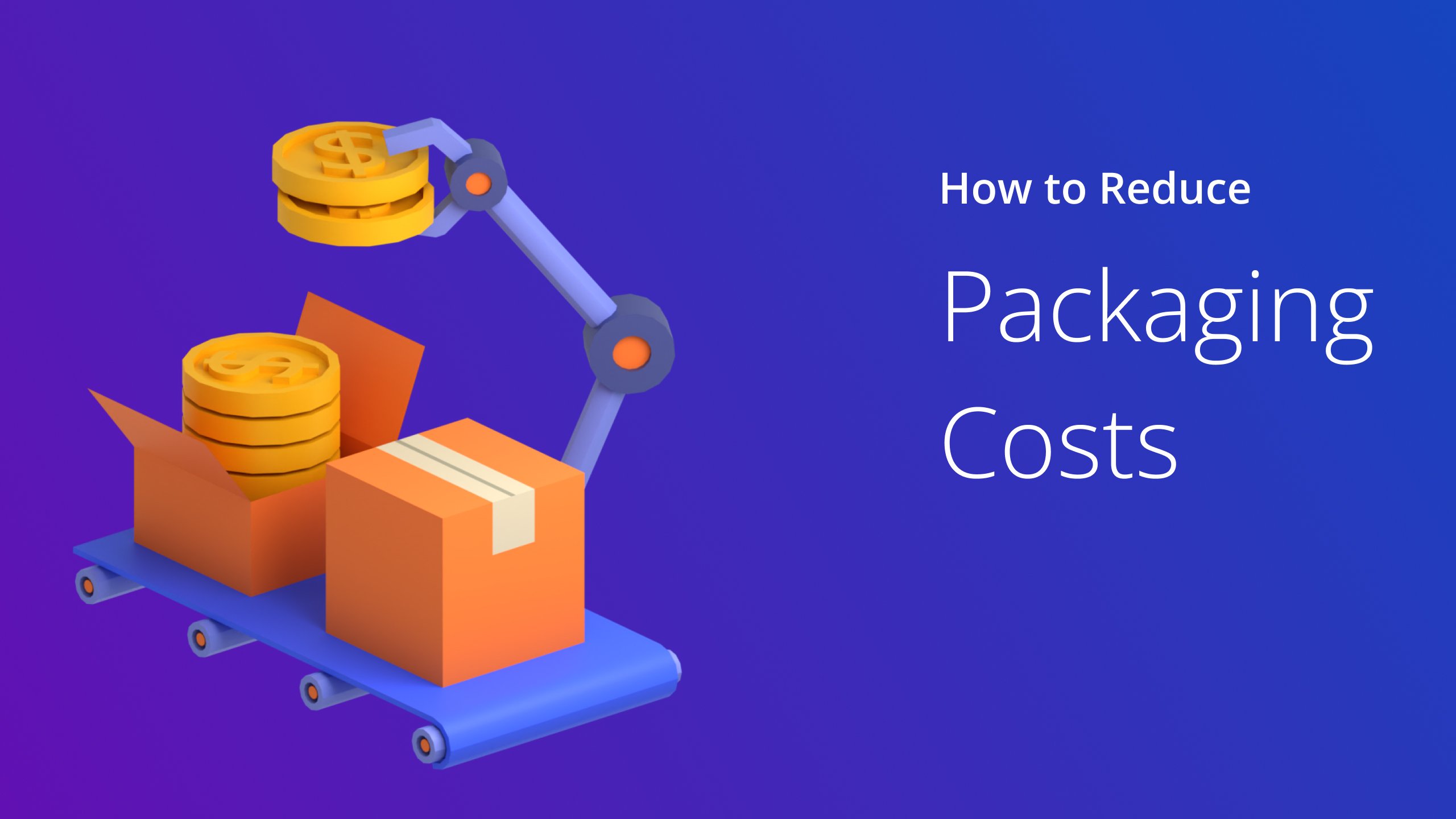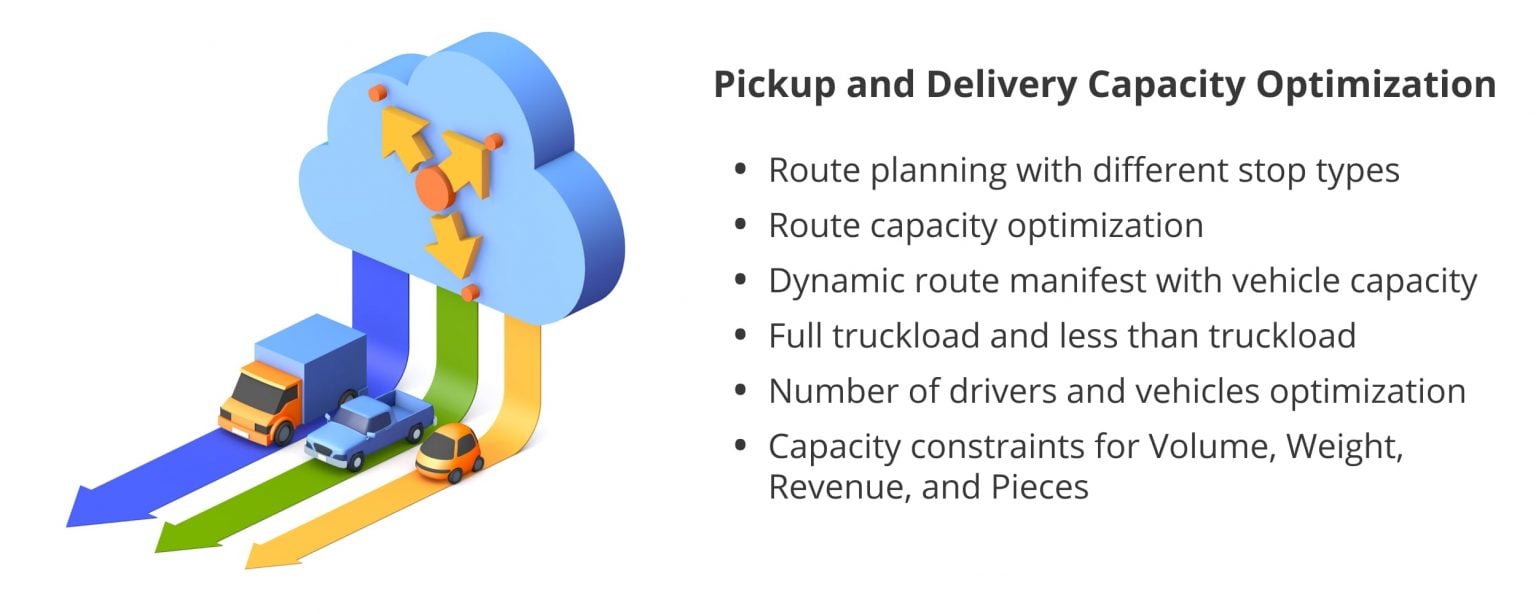Have you ever had something shipped to you only to find it damaged? It’s frustrating, and unfortunately, shipping damage is pretty common in the supply chain and logistics industry. A package can get damaged due to a variety of reasons.
It could be due to how you packaged the items, the weather conditions, or even how the delivery driver handled the package. Whatever the cause, freight damage can significantly impact your shipping services business in terms of cost and customer satisfaction.
You may have to pay for replacements or make a refund if your customers receive damaged goods. In addition, customers who receive damaged items may be less likely to do business with your shipping company again. They could even leave your business a scathing review. None of these won’t be good for your company.
Therefore, you should know a few common causes of cargo damage. By understanding these causes, you can take steps to prevent shipping damages from happening in the first place.
Table of Contents
The Most Common Causes of Shipping Damage
Below are the most common reasons why a package may get damaged.
1. Improper Packaging
If an item isn’t packaged correctly, it will likely be damaged during transit. Plus, e-commerce companies often try to save money on shipping costs and packaging materials. They use lower-quality materials or skimp on padding, which damages items.
2. Poor Weather Conditions
Poor weather conditions such as extreme temperatures, heavy rainfall, or humidity can cause damage to items, especially if they’re not packed correctly.
3. Rough Handling by Delivery Drivers During the Shipping Process
Your delivery driver can also damage a package. This is often due to them not being careful with packages or not securing them in their delivery vehicle properly. As a result, items can be damaged during transit.
4. Improper Storage
This can happen when items are stored in an area that’s too hot, cold, humid, or not well-ventilated. These conditions can cause shipping damages, especially if not stored correctly.
5. Natural Disasters
Natural disasters can also cause shipping damages. This includes events like hurricanes, floods, and earthquakes. These disasters can damage shipping infrastructure and disrupt delivery schedules. As a result, items can be damaged or lost during transit.
How to Prevent Shipping Damage
Below are numerous ways to reduce the chances of delivering damaged products.
Plan a Safe Delivery Route
The feasibility of a route is a lot like dating- if there are a lot of potholes and damage, it will be a pretty rocky road. You’ll want to avoid that and look for something a little smoother. Something that won’t break down on you or cause any accidents.
You can use Google Maps or Apple Maps to plan a delivery route, but they cannot help you plan routes with more than ten stops. Therefore, you should use an advanced multiple stop route planner like Route4Me.
Route4Me’s routing software helps you plan unlimited well-optimized routes in 30 seconds. It considers roadblocks, under-construction areas, one-ways, turn intersections, weather, traffic, sunrise and sunset times, and many other constraints to ensure your drivers reach their destination safely and on time.
Here are eight benefits of delivery scheduling software.
Want To See For Yourself How Route4Me Can Help Prevent Shipping Damage?

Use Weather-Resistant Packaging
Let’s face it, delivery conditions are often less than ideal. Poor weather conditions can wreak havoc on your shipments, whether it’s high winds, heavy rains, or endless snow.
Use weather-resistant packaging to prevent shipping damages during bad weather conditions. Use waterproof shipping labels to help protect your shipments from the elements.
You should also avoid shipping multiple items whenever possible in extreme weather.
Apart from packaging, you should insure your shipment against damage. Taking these precautions can help ensure that you deliver a package safely – no matter what Mother Nature throws your way.
Optimize Loads to Prevent Shipping Damage
You should optimize loads to prevent damage from too much extra space.
If you put fragile goods under heavy boxes, they could get damaged in transit. You don’t want to deliver damaged products to your customers and further ruin your brand’s reputation. Also, you must ensure zero empty space and distribute weight evenly on both sides when packing the shipment. Putting too much weight on one side increases the risk of an accident for your field employee and could damage the products.
But manual approaches to load planning are a pain. Plus, your job could be challenging if the number of items in your vehicle or container increases. You must carefully plan distribution and the loading sequence, especially if you have odd-shaped items on board. This is where the best last-mile delivery software like Route4Me route planner can help.
Route4Me understands that your route is not just a simple series of stops and starts but an entire manufacturing process. With this in mind, it uses three dimensions to optimize the loading sequence for you – ensuring goods get packed efficiently no matter how many items need special treatment or where they’re being loaded onto trucks at any given time!
Learn in detail how Route4Me can help you with load planning.
Drive Safely to Prevent Freight Damage
We’ve all been there. You’re driving along, minding your own business, when suddenly you hit a pothole or a piece of road debris, and your tires go flat.
Not only is this a significant inconvenience, but it can also be very costly to fix. If you deliver a delicate or fragile package, hitting a pothole can cause severe damage.
That’s why it’s crucial to ensure you or your drivers drive safely and practice defensive driving to prevent shipping damage. Below are a few tips you can include in the safe driving checklist.
- Don’t take the corners too fast. If you take a corner too quickly, your cargo could shift and become damaged.
- Slow down when you’re going over bumps. Again, this is important for preventing shipping damage. If you hit a bump too hard, your cargo could be jarred and damaged.
- Be careful when backing up. This is one of the most common causes of shipping damage. If you’re not careful when backing up, you could run into something and damage your cargo.
- Be aware of your surroundings and drive cautiously, especially in areas where construction or road work is going on.
- If you need to drive over a bumpy stretch of road, do so slowly and carefully to minimize the impact.
Learn twelve more safe driving tips to reduce the chances of cargo damage.
Use High-Quality Packing Materials
Another way to prevent shipping damages is to use high-quality materials for packaging items. This includes sturdy boxes, cushioning material, bubble wrap, and packing peanuts.
You should also ensure the items are appropriately padded to withstand bumps and jostling during transportation.
Use Stretch Wrap for Unitized Loads
Unitizing packages by stacking them onto a pallet makes delivery cheaper, faster, and safer. They’re easy to load and unload and less likely to be damaged in transit. That’s why many transportation companies unitize loads if they deliver many boxes at once.
But there’s a problem with unitized loads: if you don’t secure them properly, they can shift during delivery and cause damage.
That’s why it’s vital to stretch wrap your unitized load before you load it onto a truck.
Stretch wrap is a clingy, stretchy plastic wrap that prevents shipping damages by keeping your items securely in place during delivery. It’s easy to use and relatively inexpensive.
So stretch and wrap it first the next time you deliver a unitized load.
Label the Fragile Items to Prevent Shipping Damage
Another way to ensure you don’t deliver damaged packages is to label the boxes containing fragile items as fragile packages. This will let the delivery drivers know they must be more careful when handling it.
Of course, you can also include other instructions, such as “this side up” or “fragile, handle with care.” But sometimes, a simple shipping label is all it takes to get the message across to avoid improper handling.
Final Thoughts about Preventing Shipping Damage
Shipping damage is a common problem that can impact businesses badly. By understanding the common causes, you can take steps to prevent delivering damaged boxes.
Learn proper packaging techniques, label fragile packages, use bubble wrap, and don’t forget to use a route planner to optimize routes and ensure safe driving to prevent shipping damage.
Want To See For Yourself How Route4Me Can Help Prevent Shipping Damage?









